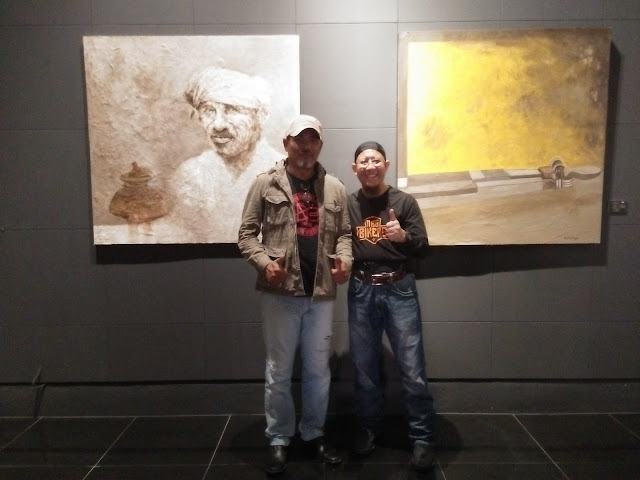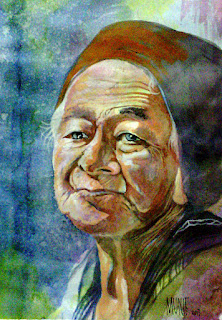niftheartist - established since 1986
Digital Clock
My Friends
Plein air is a term derived from the French phrase en plein air, which literally means 'in the open air'. It's a familiar concept today, but in the late 1800s when the Impressionists ventured out of their studios into nature to investigate and capture the effects of sunlight and different times of days on a subject, it was quite revolutionary.
What and Where Do I Paint Plein Air?
Your subject matter is entirely up to you, but remember that you don't have to paint everything you see; be selective, think about what the essence of the scene is. Focus on what you see, not what you can imagine or intellectualize about the subject (otherwise you may as well be back in your studio).
Consider scouting out locations in advance to decide what you're going too paint and where you would set up. This way when you head out to paint you can spend the whole day painting and take along the best selection of colors for that particular scene. Look right around, 360 degrees, so you don't miss the possibilities 'behind' you.
Don't think that it needs to be somewhere far away or exotic, you can go to a local park, to a friend with a lovely flower garden, or even set up your watercolors on a table in a coffee shop. The ideal spot to set up will be in the shade, out of the wind, but this often isn't possible. If you use an umbrella for shade, be sure that it doesn't cast any color on your canvas.
How to Deal With Spectators While Painting Plein Air
There's something about seeing an artist at work that makes people extremely inquisitive, more likely to talk to a stranger, and prone to giving unwanted opinions. It can be disconcerting, especially if your painting isn't going well, and quite disruptive if it happens a lot. Considering positioning yourself where people can't come up behind you, such as against a wall or in a closed doorway.
If you don't wish to chat, be politely non-responsive along the lines of "I'm sorry I can't talk right now I've only a limited time to do this". Most people simply want a closer look at what you're doing, and so saying "Feel free to have a look" then getting on with what you're doing is all it takes. Some people will be keen to give you all sorts of uninvited advice; be thick-skinned and try to get rid of them extreme politeness, for instance with a "thank you, but I'm fine with what I'm doing".
If you don't wish to chat, be politely non-responsive along the lines of "I'm sorry I can't talk right now I've only a limited time to do this". Most people simply want a closer look at what you're doing, and so saying "Feel free to have a look" then getting on with what you're doing is all it takes. Some people will be keen to give you all sorts of uninvited advice; be thick-skinned and try to get rid of them extreme politeness, for instance with a "thank you, but I'm fine with what I'm doing".
How to Cope with Changing Light When Painting Plein Air
The scene in front of you will change as the sun moves across the sky. For example, strong shadows in the early morning will shrink as lunchtime approaches. Start by putting in the main shapes across the whole painting and then the detail. If you work slowly and can be in the same spot for several days, consider having different canvasses to record the scene at different times and create a series of paintings. As the day progresses, change from one canvas to the next.
Do I Have to Finish the Painting Outdoors?
Purists will argue that a plein-air painting needs to be started and finished outside the studio, but surely it's the end result that counts, not simply where you created it? If you prefer to sketch or make preparatory paintings to work up in the studio, do so.
WHAT PORTRAIT ARTIST DO: Confer with clients, editors, writers, art directors, and other interested parties regarding the nature and content of artwork to be produced. Study different techniques to learn how to apply them to artistic endeavors. Maintain portfolios of artistic work to demonstrate styles, interests, and abilities. Submit preliminary or finished artwork or project plans to clients for approval, incorporating changes as necessary. Monitor events, trends, and other circumstances, research specific subject areas, attend art exhibitions, and read art publications in order to develop ideas and keep current on art world activities.
Subscribe to:
Posts (Atom)



.jpg)














































